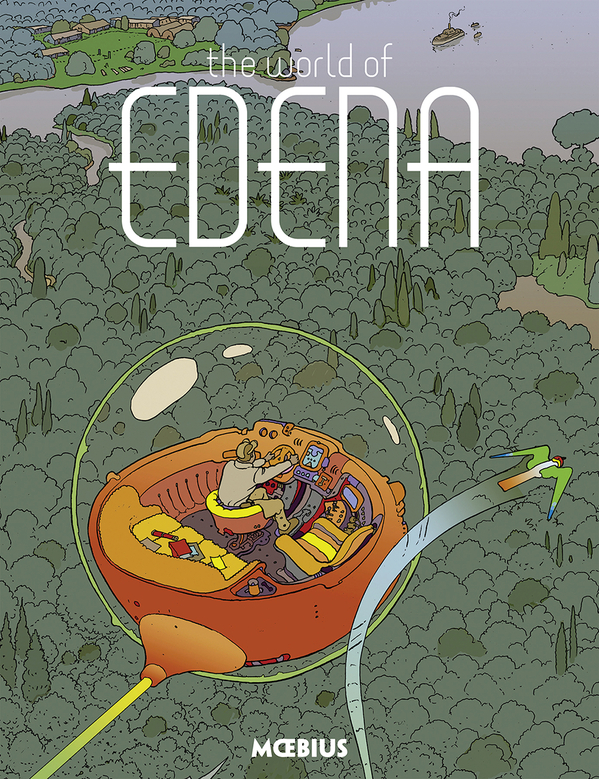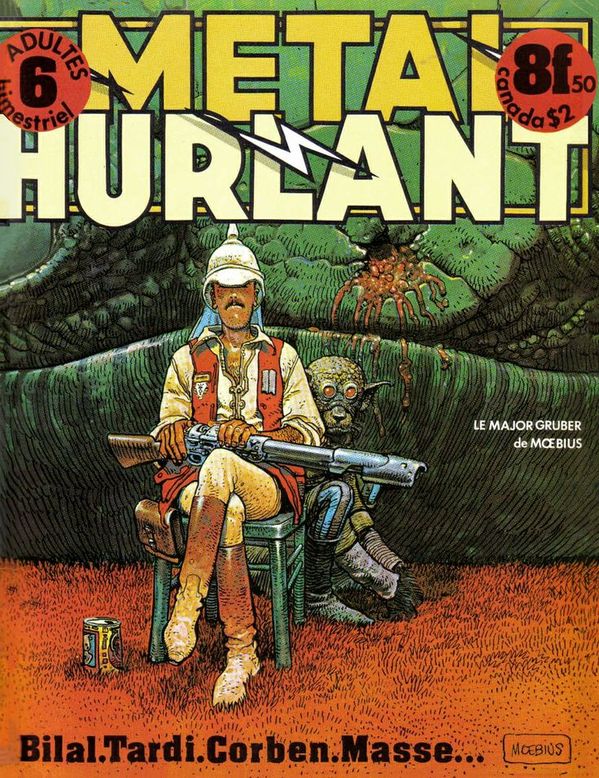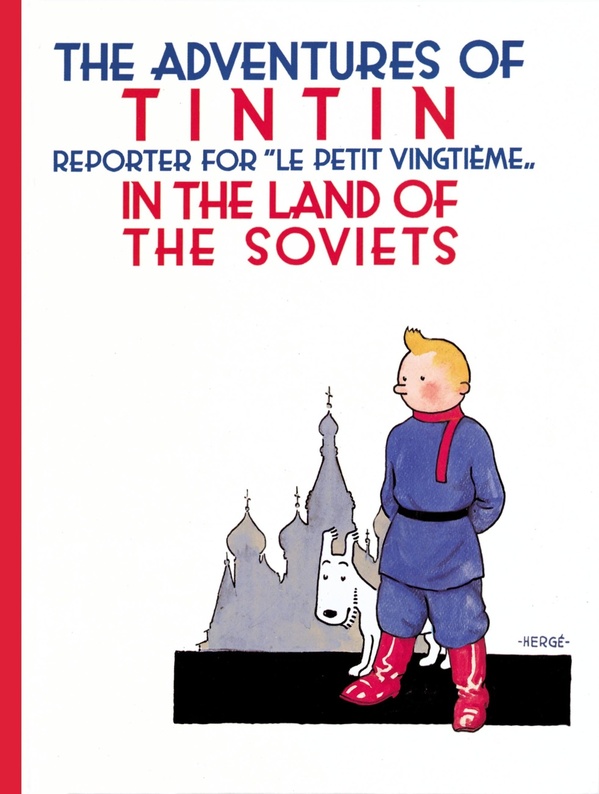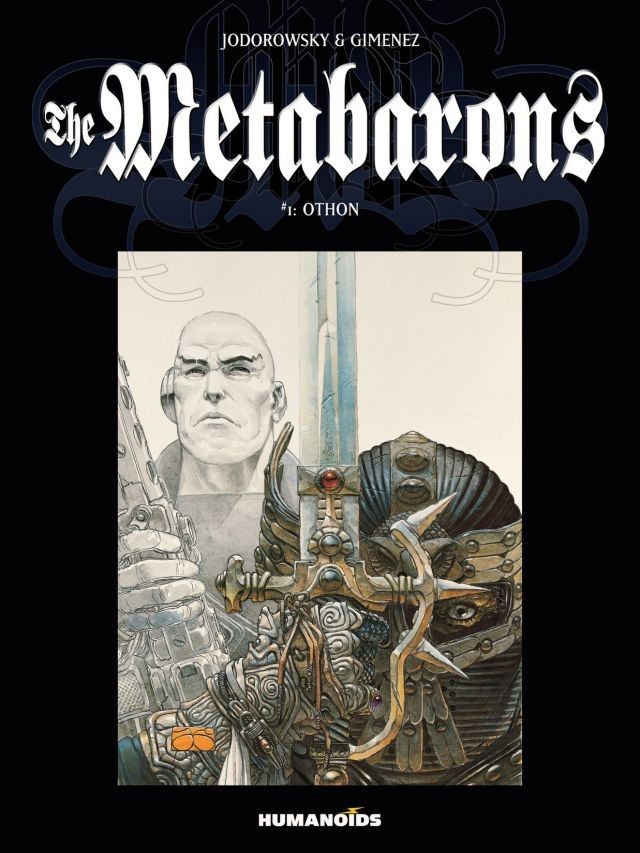Moebius and Beyond: An Introduction to European Comics
Main Art by Moebius
The State of European Comics in the United States
Generally speaking, three geographic markets rule comics: the United States, France/Belgium and Japan. Though each of these markets features a diverse spectrum of style and stories, each also has its own unique dominant modes of distribution and dissemination, and follows and reflects a unique aesthetic tradition. America usually publishes comics in 8-by-11-inch pamphlets while Japan uses huge manga magazines sometimes collected into 5-by-7-inch books. In the Franco-Belgian territory, though, comics are typically released in albums—8.4-by-11.6-inch bound books that tend to run approximately 50 pages. Each of these formats helps to shape certain visual traditions and expectations of the media. The fact that Eiichiro Oda’s best-selling manga One Piece comes out in cheap magazines on a weekly basis means it can occupy 250 pages with a single fight; the glacial pace at which American comics are sometimes released may preclude that indulgence. In France, however, it’s not uncommon for only one album to be released every year; sometimes, series would only see one album every several years, as its author or authors became busy with another character, series or story.
Moebius, the subject of Dark Horse Comics’ most recent Library series of career-encapsulating hardcovers, represents the apotheosis of Franco-Belgian comics. When he died in 2012, Moebius (born Jean Giraud) left behind a body of work that spans nearly 60 years. He produced humor comics, autobiographical comics and, most famously, was responsible for some of the most influential science fiction and western comics of all time. His thin, complex lines, imaginative vision, and versatility as an artist and storyteller have been praised by the likes of George Lucas and Federico Fellini, and he exerted an incredible influence on comics, cartoons and film around the world, including pop culture touchstones like Akira and Blade Runner.
The World of Edena Cover Art by Moebius
Other European cartoonists have proven similarly influential, including Italians like eroticists Guido Crepax and Milo Manara and serial adventurist Hugo Pratt, as well as Spanish artists including Jordi Bernet. But while these European titans have inspired American cartoonists for years, the availability of their work has proven spotty (at best).
Beginning in the late ‘70s and continuing into ‘80s, outlets like Heavy Metal (an American version of Moebius’ French magazine, Metal Hurlant) translated the work of Philippe Druillet, Philippe Caza, Tanino Liberatore and others. Raw magazine, edited by Art Spiegelman and Françoise Mouly, made similar attempts, translating the more avant-garde works of creators like Joost Swarte, Jacques Tardi and Lorenzo Mattotti. Marvel, through its ‘80s creator-owned Epic line, even began The Collected Fantasies of Jean Giraud, an 11-volume set attempting to collect Moebius’ oeuvre.
Metal Hurlant Cover Art by Moebius
But the changing marketplace and marketplace demands eventually caught up with European comics: After just three years of publication, Heavy Metal slowly reduced its number of translated works, and by 1980 was devoting large portions of each issue to prose, news and reviews; Raw shuttered in 1986, re-opened in 1989, and then, apparently, shuttered again in 1991. The large-scale importation attempts were effectively halted. French publisher Darguad even attempted to translate and re-publish their own catalog, but, as Delcourt publisher Guy Delcourt told Paste last year:
I was with Dargaud in the early ‘80s and they tried [publishing in the US]. They even opened an office in New York. But they failed—completely…I think they were kind of arrogant. They thought, “Hey, French comics are the best, so now we’re coming.”…that didn’t work.
-

-

-

-

-

-

-

-

-

-

-

-

-

-

-

-

-

-

-

-

-

-

-

-

-

-

-

-

-

-

-

-

-

-

-

-

-

-

-

-













































